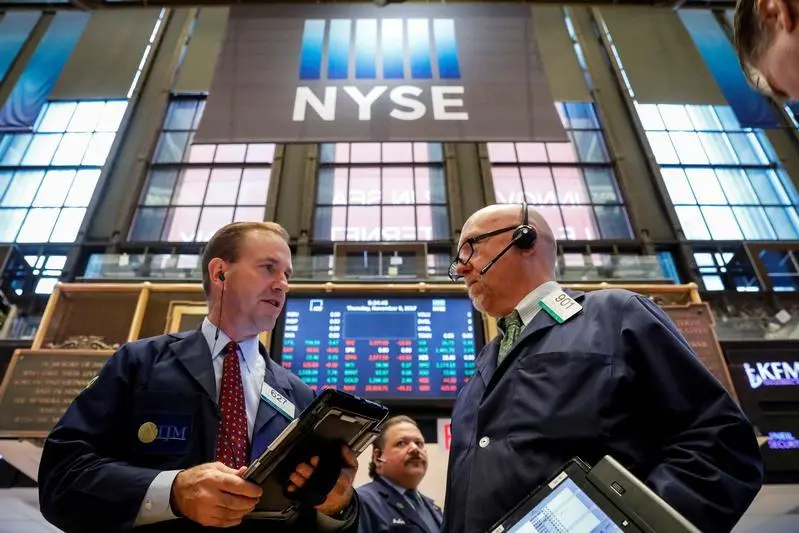PHOTO
WASHINGTON (Reuters Breakingviews) - U.S. rate hikes risk causing a global fallout. Gulf states, Hong Kong and others that peg their currency to the dollar worry that that following the Federal Reserve’s tightening might endanger growth. But with five more hikes expected by the end of 2019, not doing so risks the ire of financial markets.
The Fed’s rate-setting committee on Wednesday agreed to a quarter-percentage-point increase, its first under new Chairman Jerome Powell. Members penciled in another five hikes over the next 21 months, one more than expected during its previous meeting in December.
That may suit the U.S. economy. But it puts greenback-linked economies elsewhere in a bind. If their central bankers don’t raise their rates, too, it'll offer traders an enticing bet: borrow money cheaply in the local denomination and invest the proceeds in higher-yielding American assets. If done in enough volume, this so-called carry trade would then push down the value of the affected currencies.
The Hong Kong dollar has already been falling lower as ample liquidity reduced borrowing costs and widened the gap between its and America's benchmark three-month interbank lending rate to 1.17 percentage points – the widest since the last recession, according to Thomson Reuters data.
The currency still trades within its band and the Hong Kong Monetary Authority says it will step in if it hits 7.85 to the U.S. dollar. But concern about the impact on Hong Kong’s red-hot property market – which makes up about 11 percent of GDP – lingers over any tightening.
The Gulf states are in a tougher spot. Low oil prices and austerity programs mean more rate hikes could seriously crimp growth. Reuters reported that bankers in the region think Qatar and Kuwait in particular might hold off on increases and see how the market reacts.
With more U.S. rate rises on the way, the mind games between central banks and traders are sure to intensify. Saudi Arabia is a prime example. Last week, speculation that the Monetary Authority might drag its heels widened the gap in lending rates with the U.S. dollar. That in turn prompted the bank to pre-emptively hike.
Even China might be sucked into the game. Granted, the country doesn’t have a peg, but often half-hikes with the Fed in order to limit outflows. Not for the first time, America’s rate-and-currency strategy is set to become others’ problem.
CONTEXT NEWS
- The Federal Open Market Committee said on March 21 that it would raise the federal funds rate by 0.25 percentage points to between 1.50 and 1.75 percent. The increase was widely expected.
- The committee members also released their estimate of rate hikes for the coming months. The median expectation was of a total of two more increases this year with three to follow in 2019. That marks a slight uptick from the last forecast, made in December.
(Editing by Antony Currie and Ben Kellerman) ((christopher.beddor@thomsonreuters.com; Reuters Messaging: christopher.beddor.thomsonreuters.com@reuters.net))












